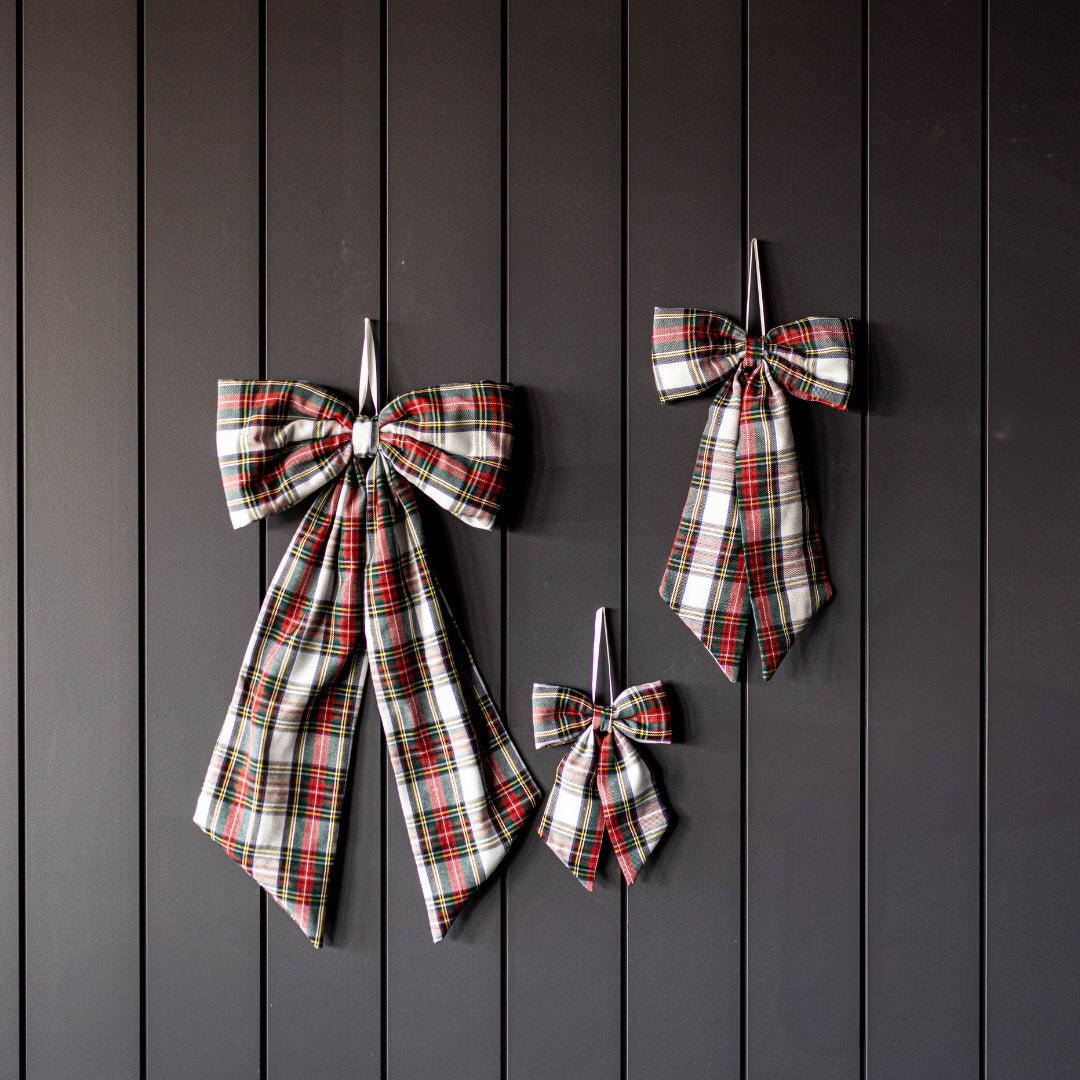Ophelia Farm Co
April 2025
How to Keep Your Indoor Seedlings Happy and Thriving
Starting seeds indoors is a rewarding way to jump-start your garden and ensure a vibrant, flourishing outdoor space.
However, seedlings can be delicate and need proper care to grow strong and healthy.
At Ophelia Farm Co, we’ve perfected the art of indoor seedling care, and today we’re sharing our top tips—plus all the details—to help your tiny plants thrive until it’s time to move them outside.

Watering Wisely
Seedlings are small, and their roots are even smaller!
Consistent watering is key to keeping them happy, but overwatering can quickly lead to trouble.
Here’s how to keep the balance:
Moisture, Not Soggy:
Keep the soil evenly moist, like a wrung-out sponge.
Let the top layer dry slightly before watering again to avoid soggy soil and root rot.
Tip: Test the moisture by gently pressing your finger into the soil.
If it feels slightly damp, hold off on watering.
Gentle Approach:
Use a spray bottle or a watering can with a narrow spout to gently water the base of the seedlings without disturbing the soil.
Watering from the bottom by filling the tray beneath the pots is another great method to encourage root growth.
Drainage Matters:
Ensure your seedling trays or pots have proper drainage to prevent water from pooling at the bottom, which can drown the roots.

Let There Be Light
Seedlings need plenty of light to grow strong and avoid becoming leggy.
Since indoor conditions often lack the intensity of sunlight, you’ll need to supplement with artificial lighting.
12–16 Hours Daily:
Seedlings thrive with 12–16 hours of bright light every day.
Set up a timer to ensure consistency, especially if you’re using grow lights.
Positioning:
Place grow lights 2–3 inches above the seedlings and adjust the height as they grow to keep the light close but not too intense.
For windowsills, rotate the trays daily to prevent seedlings from leaning toward the light source.
Natural Light Limitations:
If you’re relying on natural light, choose a south-facing window, but be prepared to supplement with grow lights if seedlings look leggy or pale.
Grow Light Tip:
Full-spectrum LED grow lights mimic natural sunlight and are ideal for seedling growth.
Aim for lights labeled “daylight” or 5000-6500K.


Simulate a Breeze
In nature, plants grow stronger by adapting to wind.
You can mimic this indoors to help your seedlings develop sturdy stems.
Use a Fan:
Place a small oscillating fan near your seedlings on a low setting.
This gentle airflow strengthens stems and prevents fungal issues like damping off.
Timing:
Run the fan for 2–4 hours daily to provide enough resistance for growth.
Ensure the fan is not directly blowing on the seedlings but creating a gentle breeze.
Additional Benefit:
Air circulation reduces humidity, which helps prevent mold or mildew from forming on the soil surface.

The Right Temperature
Temperature consistency is vital for seedling success.
Aim for a warm environment that supports steady growth.
Ideal Range:
Most seedlings thrive in temperatures between 65°F and 75°F during the day.
Some varieties, like tomatoes or peppers, prefer slightly warmer temperatures.
Heat Mats:
Use a heat mat for soil temperatures of 70–80°F to help heat-loving seeds germinate faster.
Once seedlings emerge, remove the heat mat to avoid overheating.
Avoid Fluctuations:
Keep seedlings away from drafty windows, uninsulated doors, or direct heat sources like radiators.
Drastic temperature changes can stress young plants.
Fertilize Gently
Once your seedlings develop their first true leaves (the second set of leaves), they’ll need a little extra nutrition to grow strong.
Diluted Fertilizer:
Use a half-strength, water-soluble fertilizer every 1–2 weeks.
Look for a balanced formula, such as 10-10-10 or 20-20-20, to support even growth.
Application Tip:
Water the seedlings first before applying fertilizer to avoid burning the roots.
Alternative Options:
Organic fertilizers like fish emulsion or seaweed extract are excellent natural choices but can have a strong odor—use them in well-ventilated spaces!


Thin for Success
Overcrowded seedlings compete for resources, leading to weak plants.
Thinning ensures that only the strongest seedlings continue to grow.
When to Thin:
Once the seedlings develop their first true leaves, it’s time to thin.
Crowded trays can cause leggy seedlings and poor airflow.
How to Thin:
Snip weaker seedlings at the soil line with scissors rather than pulling them out, which can disturb the roots of neighboring plants.
Spacing Tip:
For optimal growth, leave 1–2 inches between seedlings.
This gives them room to develop strong stems and roots.
Monitor and Adjust
Seedlings grow quickly, and their needs change as they mature.
Keep a close eye on their progress to make necessary adjustments.
Watch for Pests:
Check regularly for signs of pests like fungus gnats or aphids.
Use sticky traps or neem oil sprays as needed.
Monitor Growth:
If seedlings look pale or leggy, they may need more light or nutrients.
Adjust conditions as needed to promote healthy growth.
Repotting:
For larger seedlings, consider transplanting them into bigger containers to prevent them from becoming root-bound before outdoor planting.
Common Mistakes to Avoid
Overwatering:
One of the most common issues. Always test the soil before adding water.
Skipping Labels:
Forgetting to label your seedlings can lead to confusion when it’s time to transplant.
Too Little Light:
Without adequate light, seedlings will grow weak and spindly.
Prioritize light quality and duration.
Ignoring Airflow:
Poor air circulation can lead to fungal diseases like damping off. Use a fan to mimic natural conditions.
Caring for indoor seedlings takes a little extra effort, but the reward is a garden full of healthy, vibrant plants.
By following these tips, you’ll give your seedlings the best possible start and set the stage for a thriving garden come spring.
Don’t forget to follow us on Instagram for more seed-starting tips, tutorials, and garden inspiration! Share your progress using #OpheliaFarmCo—we’d love to see your seedlings grow.
Happy Gardening
xo Christa
People Also Read
Have Any Questions?
We are here to answer all of your queries




